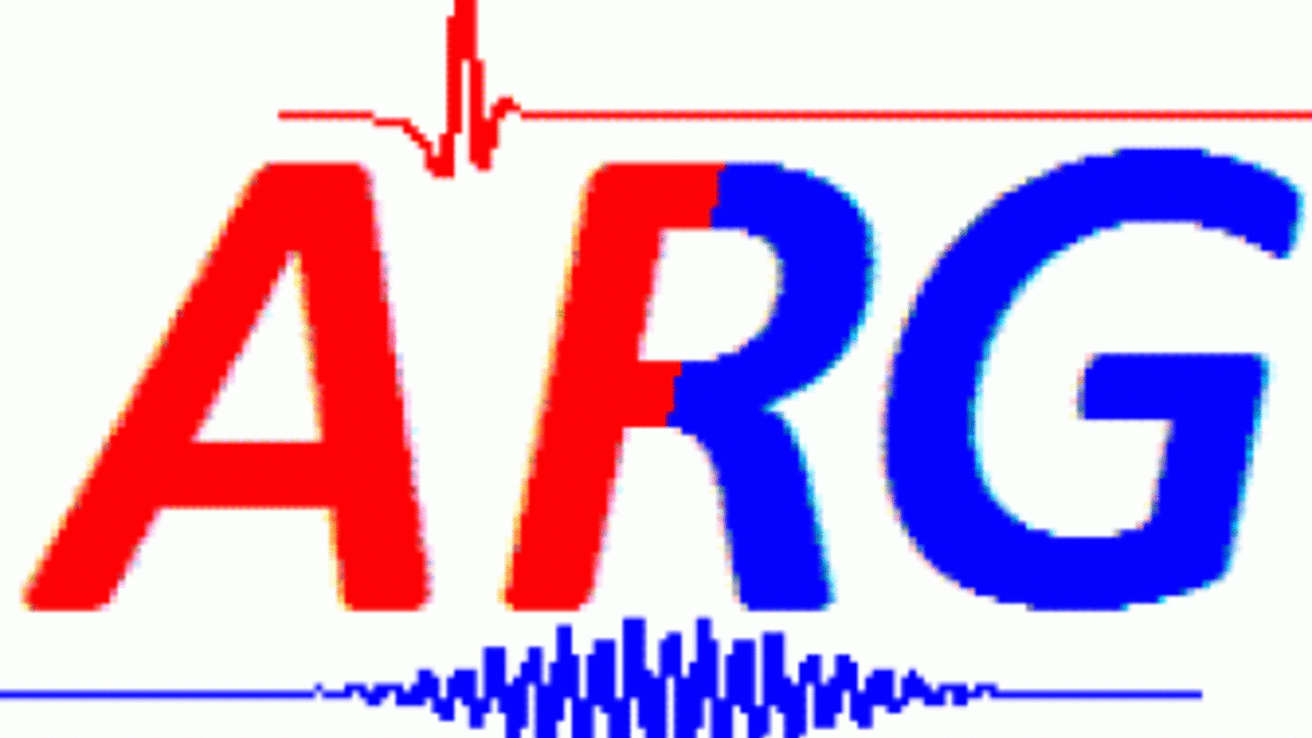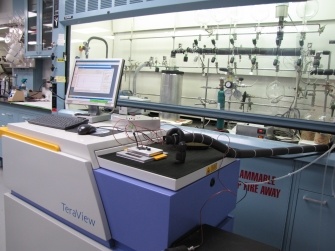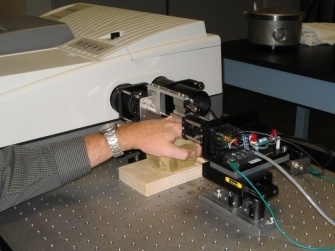Welcome!
Chemical sensors are devices designed to measure the concentration of a selected analyte directly in a matrix of interest. Ideally, the chemical information is obtained continuously and in real-time. A pH electrode is the best example of such a device. A pH electrode tracks the hydrogen ion activity in many different matrixes. Selectivity of the measurement is outstanding, although alkaline error is possible under certain conditions. The Arnold Research Group (ARG) has a history of developing unique chemical sensors based on innovations in analytical science. Early examples include biosensors constructed by immobilizing a unique biocatalyst at the surface of an eletroochemical transducer and fiber-optic chemical sensors where analytical reagents are coupled with optical fibers to develop in situ chemical sensing capabilities.
Members of the ARG have also been prominent in establishing the analytical utility of noninvasive spectroscopy for real-time in situ chemical measurements. This activity has mostly centered on the use of near infrared spectroscopy for the quantification of glucose in people with diabetes and other clinical applications. The concept is to pass a selected band of near infrared light across a vascular region of the body and then determine the in situ concentration of glucose from an analysis of the resulting spectrum. The feasibility of noninvasive glucose measurements has been demonstrated in an animal model developed in the AGR.
Findings from our successful animal model are being used to advance our research to human subjects in collaboration with the Fraternal Order of Eagles Diabetes Research Center at the University of Iowa. Our objectives are to monitor in situ glucose concentrations for glycemic control and to detect both hyper- and hypo-glycemia in people with diabetes. Insturmentation miniaturization and development of a novel human-interface are primary specific aims of this project. Envisioned applications include point-of-care-testing in hospitals, home glucose monitoring for diabetes management, and mobile healthcare applications.
The ARG is expanding its pursuit of analytical spectroscopic sensing by exploring the analytical utility of terahertz time domain spectroscopy (THz-TDS). We have recently documented the superior selectivity afforded by THz-TDS relative to conventional mid-infrared spectroscopy for in situ measurements of selected gaseous species in the environment. We are also establishing the utility of dielectric spectroscopy of solid organic materials (crystals, co-crystals, and supramolecular assemblies) as a means to characterize and understand polarizability at terahertz frequencies.





